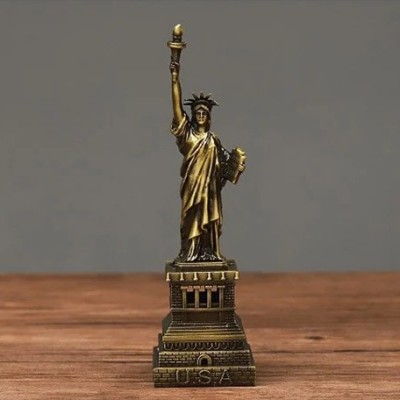
www.ancient-origins.net
Archaeologists Uncover How Ritual Ceremonies Helped Pave the Way for Chinese Unification
Archaeologists Uncover How Ritual Ceremonies Helped Pave the Way for Chinese Unification
Archaeologists have excavated three c. 3,000–2,400-year-old ritual structures in Shandong Province, China, indicating that the origins of a shared Chinese cultural identity lie in ceremonial gatherings that sowed the seeds for the political unification of China under the First Emperor. The findings are reported in Antiquity.Stages of UnificationChina's political unification is generally attributed to founder of the Qin dynasty and First Emperor, Qin Shi Huang. Taking power in 247 BC, he is credited with standardizing and unifying many aspects of Chinese society, from writing to measurements.However, this unification process began long before the birth of the First Emperor, with many of the pre-Qin polities that ruled parts of China working to create a shared cultural identity to solidify their political control."The First Emperor's political unification of China in 221 BC marked the culmination of a long process that was characterized by infrastructural investments, new technologies, and the integration of diverse ideological constructs," says co-author of the research, Dr. Qingzhu Wang from Shandong University. "However, most studies of this period focus on large-scale developments, often overlooking the influence of public rituals at individual settlement levels."
ancient-origins
8 October, 2025 - 12:12
Section
Artifacts
Other Artifacts
News
History & Archaeology
Ancient Places
Asia
History
Famous People










